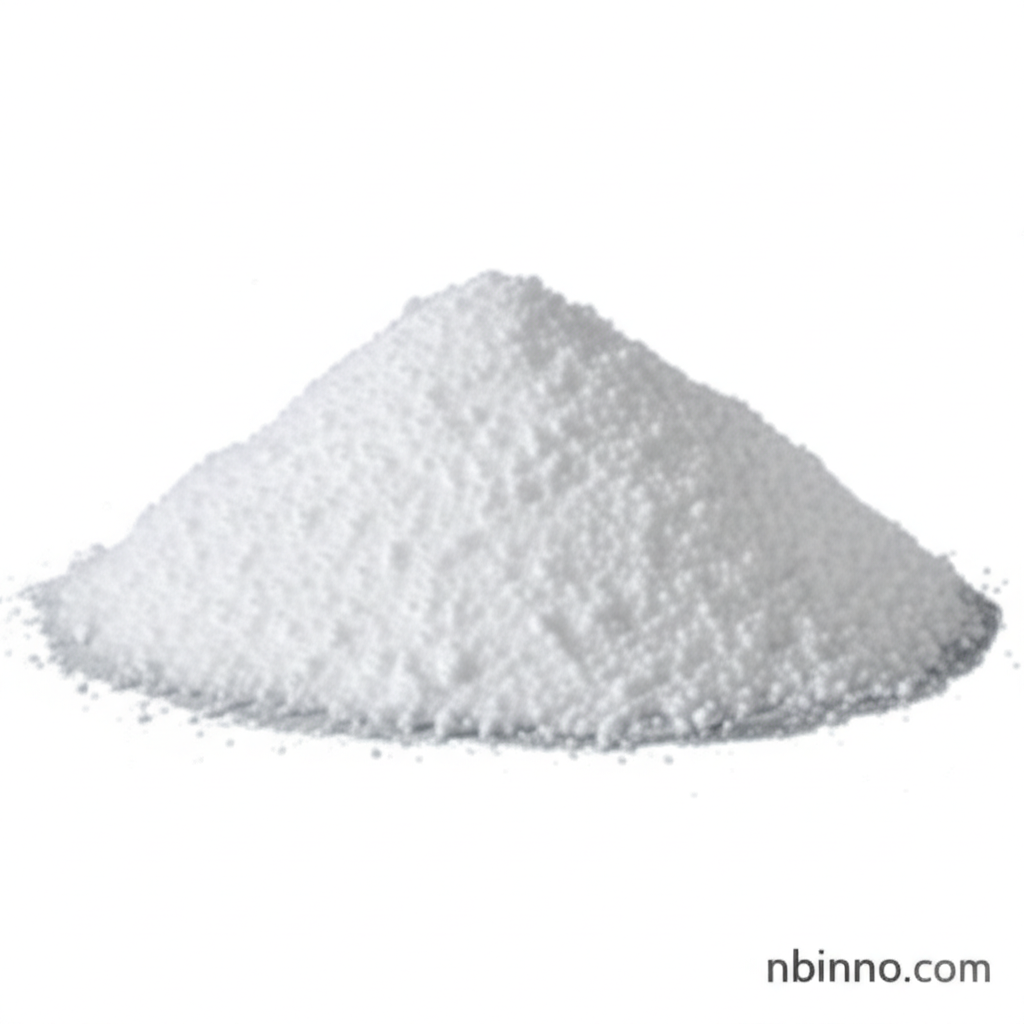R410A Refrigerant Gas: Understanding Its Properties, Phase-Out, and Sustainable Alternatives
Explore the crucial details of R410A refrigerant, its role in HVAC systems, environmental considerations, and the transition to greener alternatives. Essential knowledge for HVAC professionals and system owners.
Get a Quote & SampleProduct Core Value

R410A Refrigerant Gas
As a leading supplier in China, we offer R410A refrigerant gas, a hydrofluorocarbon (HFC) crucial for modern air conditioning and heat pump systems. It replaced R22 due to its zero ozone depletion potential (ODP), offering improved energy efficiency and performance. However, its high global warming potential (GWP) has led to a global phase-out, driving the adoption of more sustainable alternatives. Understanding the R410A refrigerant phase-out timeline is vital for navigating upcoming regulations and ensuring compliant system operation.
- Discover the R410A refrigerant phase-out timeline and its implications for HVAC systems worldwide, ensuring you stay ahead of regulatory changes.
- Understand the R410A refrigerant GWP and compare it to newer refrigerants like R32 and R454B to grasp its environmental impact.
- Learn about the environmental impact of R410A refrigerant, including its classification as a greenhouse gas and its contribution to climate change.
- Explore the legal requirements and certifications needed for purchasing R410A refrigerant, ensuring where to buy R410A refrigerant legally.
Advantages of R410A Refrigerant
Zero Ozone Depletion Potential (ODP)
R410A refrigerant does not contribute to ozone depletion, a significant environmental advantage over older refrigerants like R22, making it a crucial part of the transition towards more environmentally responsible HVAC solutions.
Improved Energy Efficiency
Compared to R22, R410A offers higher energy efficiency, leading to reduced power consumption and operational costs for HVAC systems. This efficiency is key for meeting modern energy performance guidelines.
Higher Cooling Capacity
R410A operates at higher pressures, enabling systems to achieve greater cooling capacity. This translates to faster and more effective temperature regulation in residential and commercial spaces.
Key Applications
Residential Air Conditioning
Utilized in central AC units, mini-splits, and window units for effective home cooling. Explore how staying informed on R410A vs R32 refrigerant benefits homeowner choices.
Commercial HVAC Systems
Essential for office buildings, retail spaces, and more, ensuring comfortable environments. Understanding R410A refrigerant EPA regulations is critical for commercial compliance.
Heat Pump Systems
Provides both heating and cooling functions, making R410A a versatile refrigerant. Researching the R410A refrigerant phase-out timeline helps in planning for future heat pump needs.
Refrigeration Equipment
Used in various refrigeration compressors and smaller units for maintaining optimal temperatures. Learning about the environmental impact of R410A refrigerant informs purchasing decisions.
